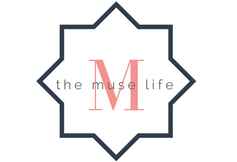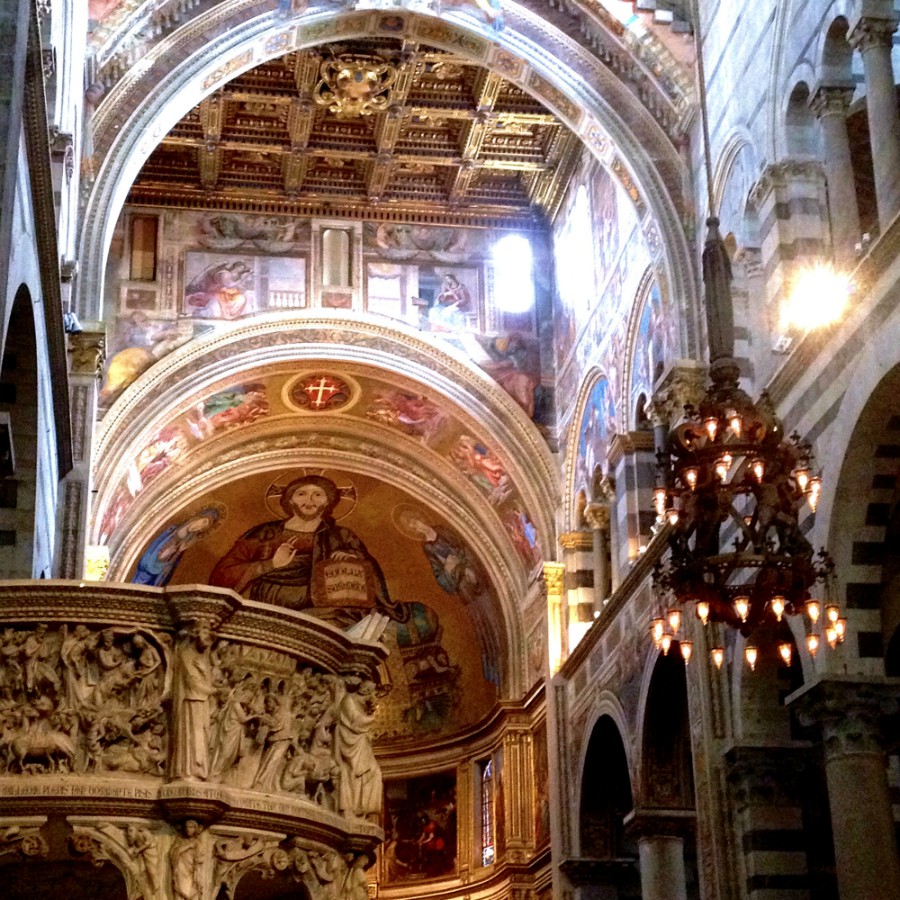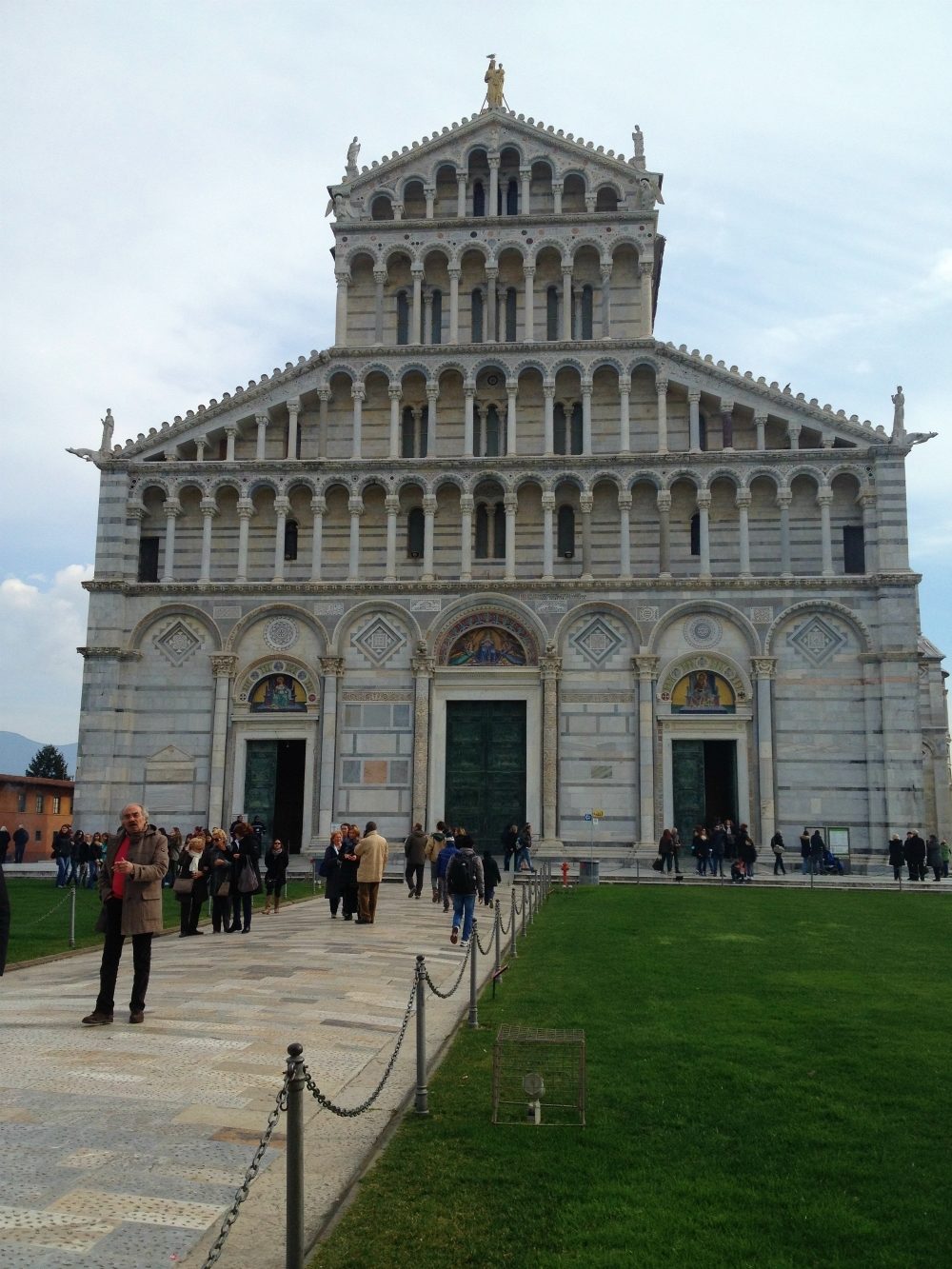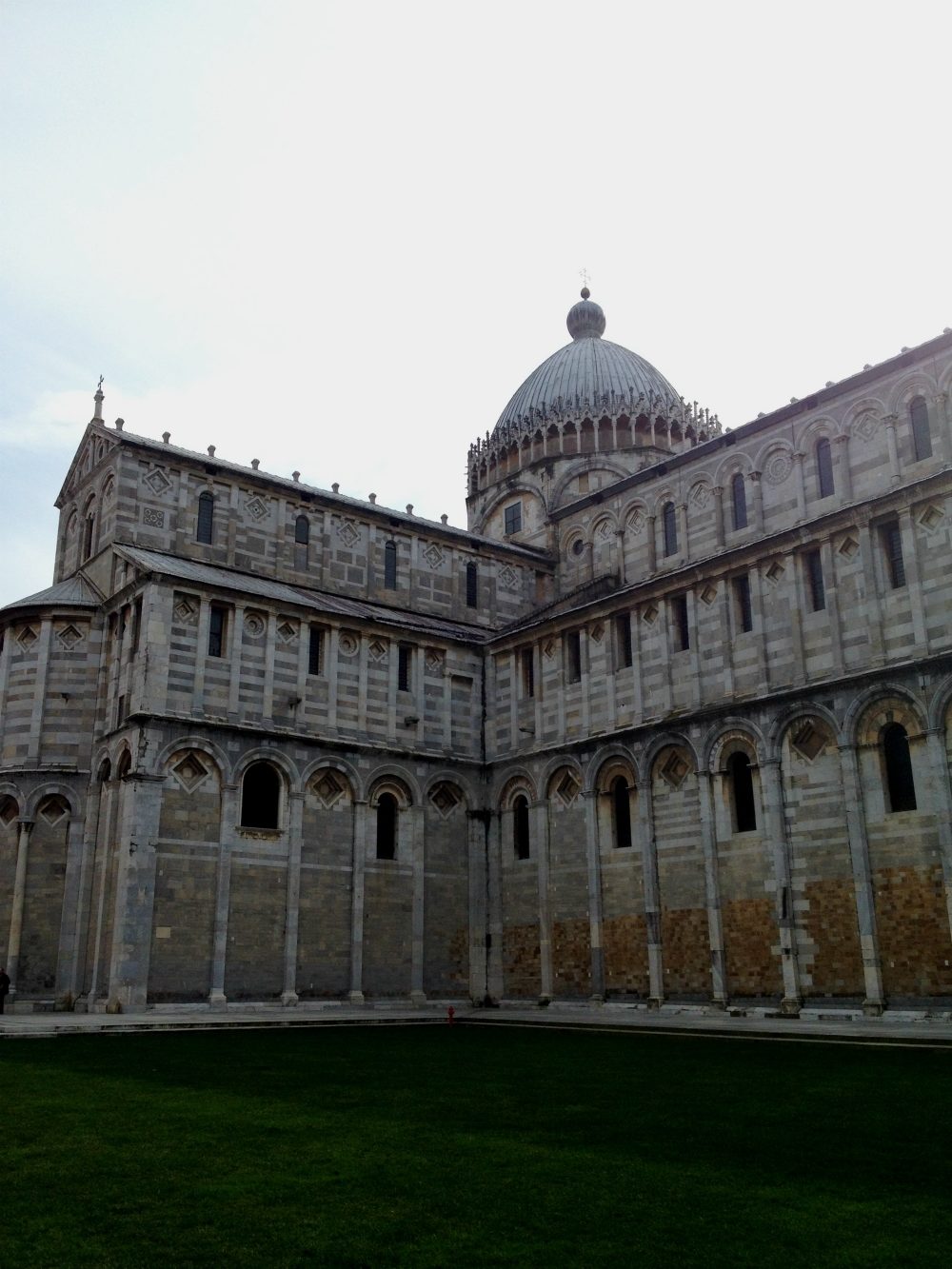It's difficult to travel to Italy and miss the big tourist attractions. To be fair, they're all worth it, but getting to Pisa can be a bit of hassle. Ignore the crowds, and if you focus solely on the monuments, they are breathtaking.
So the tower really does lean — bit of an engineering mistake — but it does make for a fun and tilted climb.
And the baptistry has a bit of a funny shape, it's actually a replica of the pope's tiara. It's a weighty crown only worn once in a pope's term, during his papal coronation, and the three tiers are an iconic symbol of the papal office. You can see how each tier becomes more intricately detailed than the one below, all topped with a final point.
However, I think the main event really resides with the cathedral.
The facade matches the baptistry, a three-tiered design that draws the eye up to the cupola dome sitting on top of the transept. Borrowing from the papal theme, the cupola is topped with a sphere and cross — a perfect replica of the dome of St. Peter's.
The facade may not be the coolest thing you've ever seen, but once you step inside — it's a whole new story.
Every inch of the interior has been planned, decorated, and gilded for the greatest effect.
Heavy coffered ceilings impress upon you how expensive this building must have been to construct. And everything seems to come in 3's here. The coffering isn't a simple, square indent into the ceiling. Instead, three layers of coffer push the center designs closer to the roof, the central designs modeled as intricately detailed flowers, alternating type of flower every three squares. Less is more was so not the MO here. Nothing was left to chance or simplicity.
If you look closely, you can also find evidence of the Medici influence over Pisa.
As a port, Pisa was an important gateway for the Medici city-states, and to Tuscany in general, for importing supplies and furthering their merchants' growth and wealth. After all, the Medici began as merchants and eventually founded the first centralized banking system in Europe, so they certainly knew a thing or two about how best to grow a family empire.
What I find so incredible about this place is the combination of architecture and art from various centuries and cultures.
Take the altar area for example. The apse ceiling is mosaicked with tiles and flat, 2D figures — recalling the Byzantine style, while frescos decorate the wall areas directly below the nave's coffered ceilings — clear references to the Renaissance.
The paintings below the mosaic of Christ remind me of 19th century French salons where paintings were stacked close together, though these works were completed in the 16th and 17th centuries, late Renaissance and early Baroque.
To be fair, this conglomeration of styles and periods isn't odd.
Many buildings across the world took centuries to complete, and thus borrow a myriad of styles as the times changed, priorities were altered, and new technologies were created.
Yet, the Pisa Cathedral is a great example for viewing these variations in one place and truly understanding the differences in style. I like to think this helps give more credit to the thousands of laborers whose efforts produced these magnificent places.
One of my favorite shots — I happened to turn around at the right moment and notice how this marble statue of the Virgin and Child were shadowed by the mosaicked Virgin above the altar. An amazing find!
Promise me you won't cross Pisa off your list. You don't have to spend any time in the city, just see the sites then get back on the road to your next Tuscan vineyard stop!












